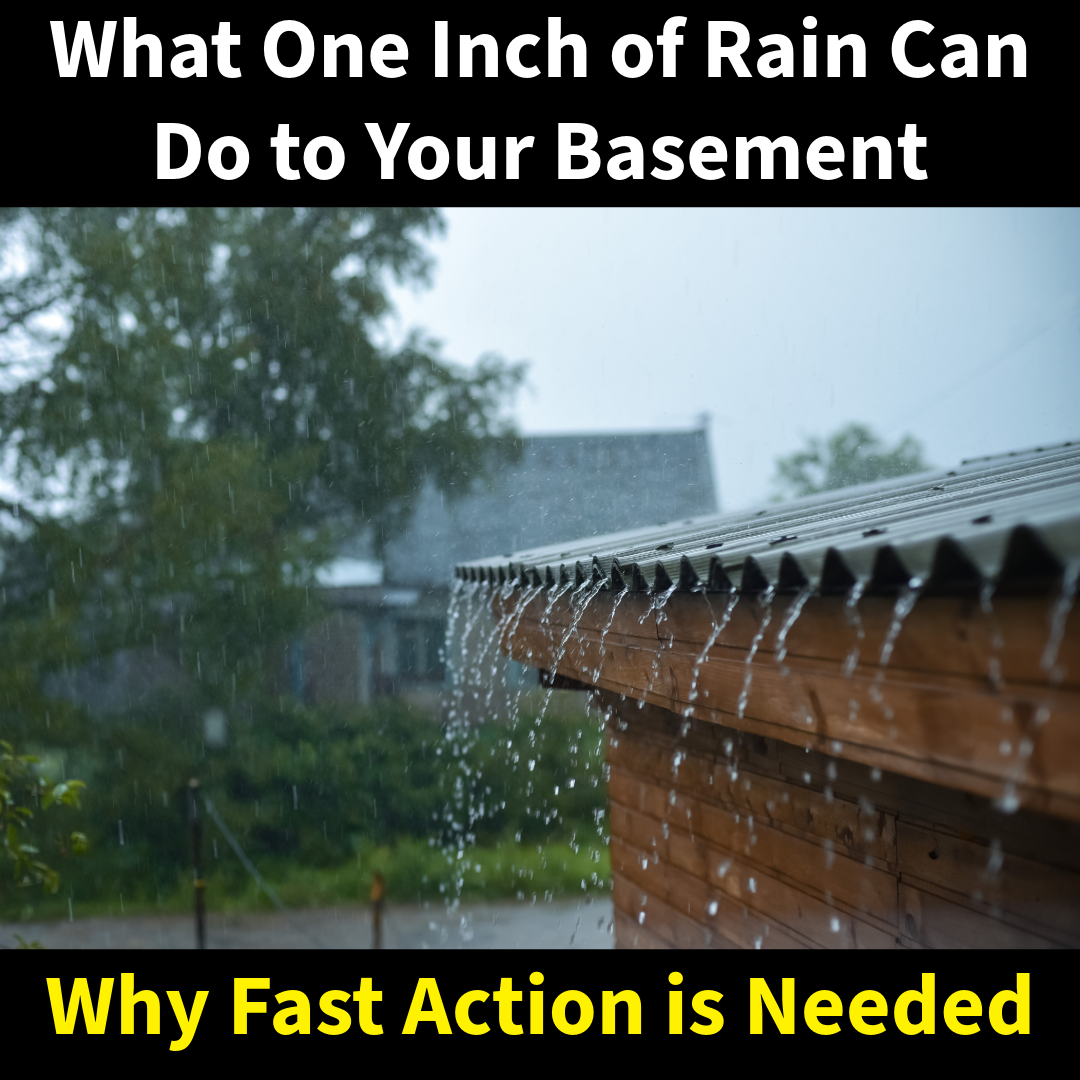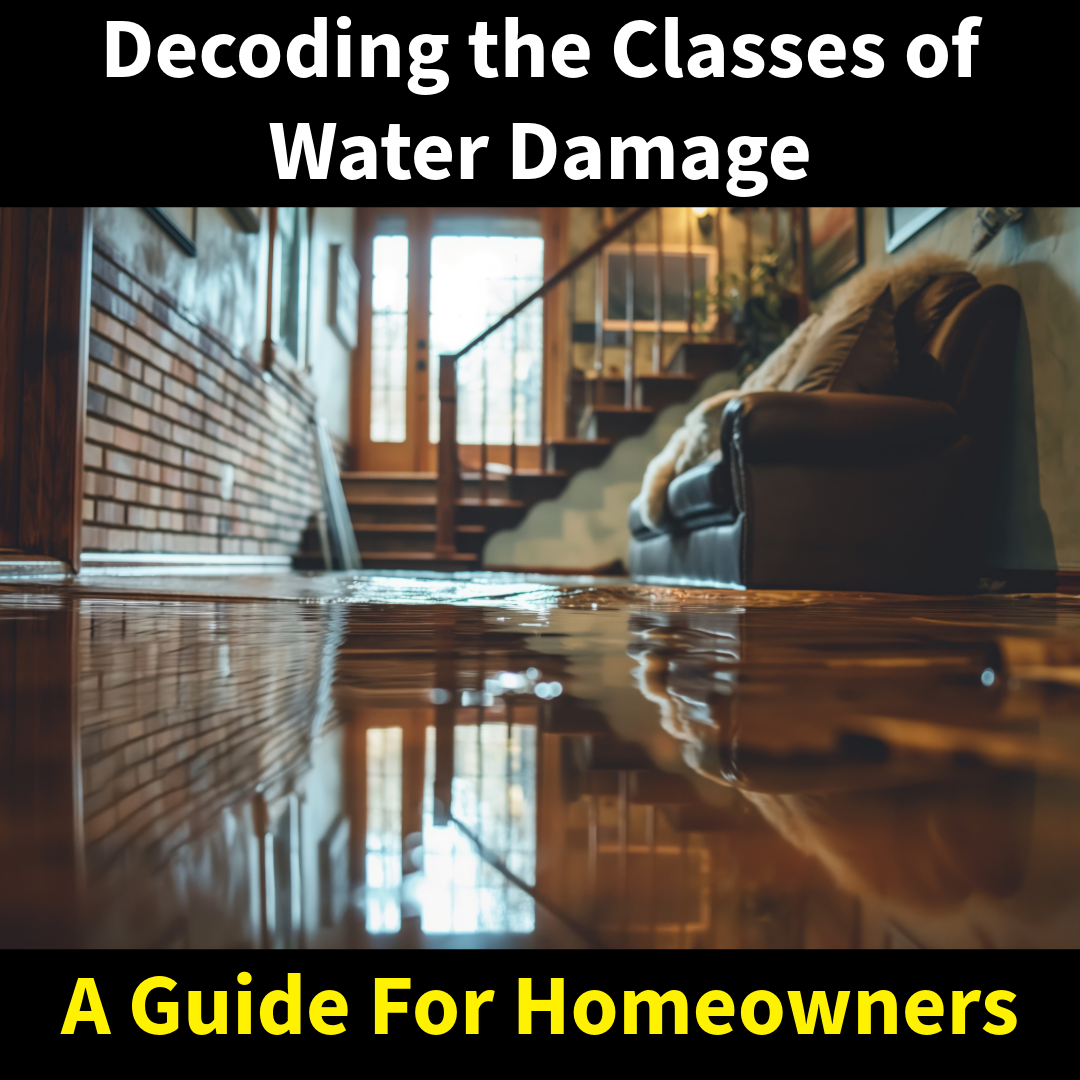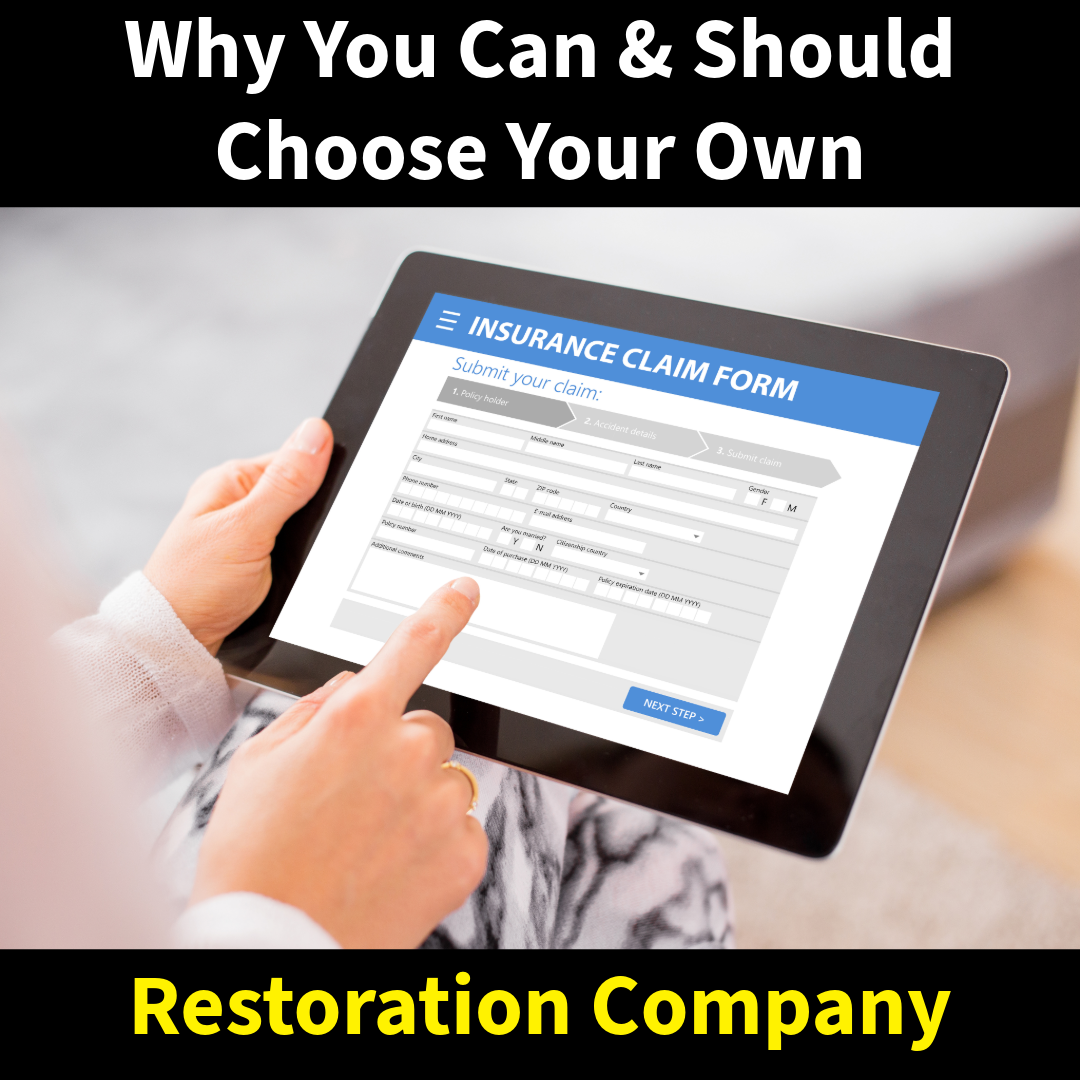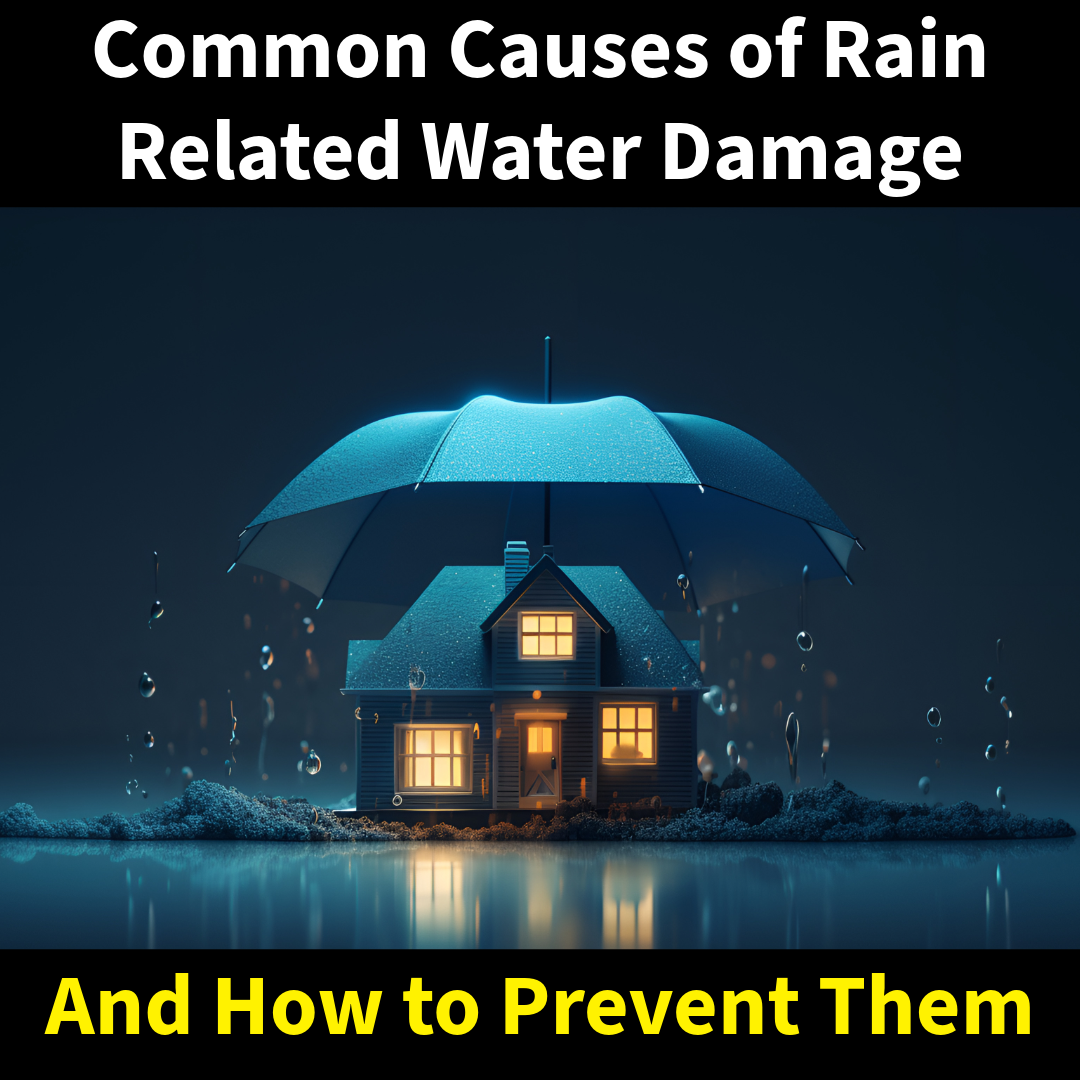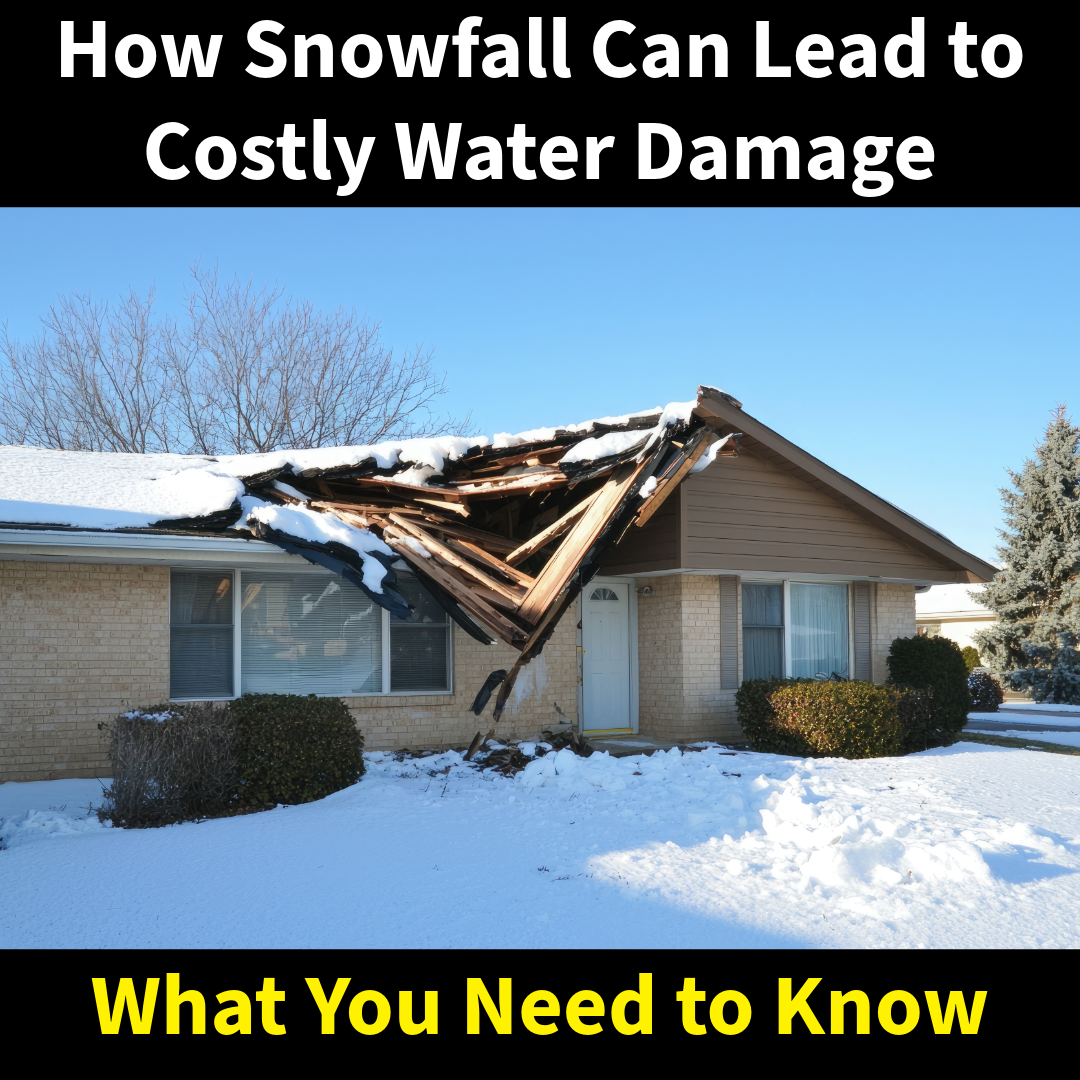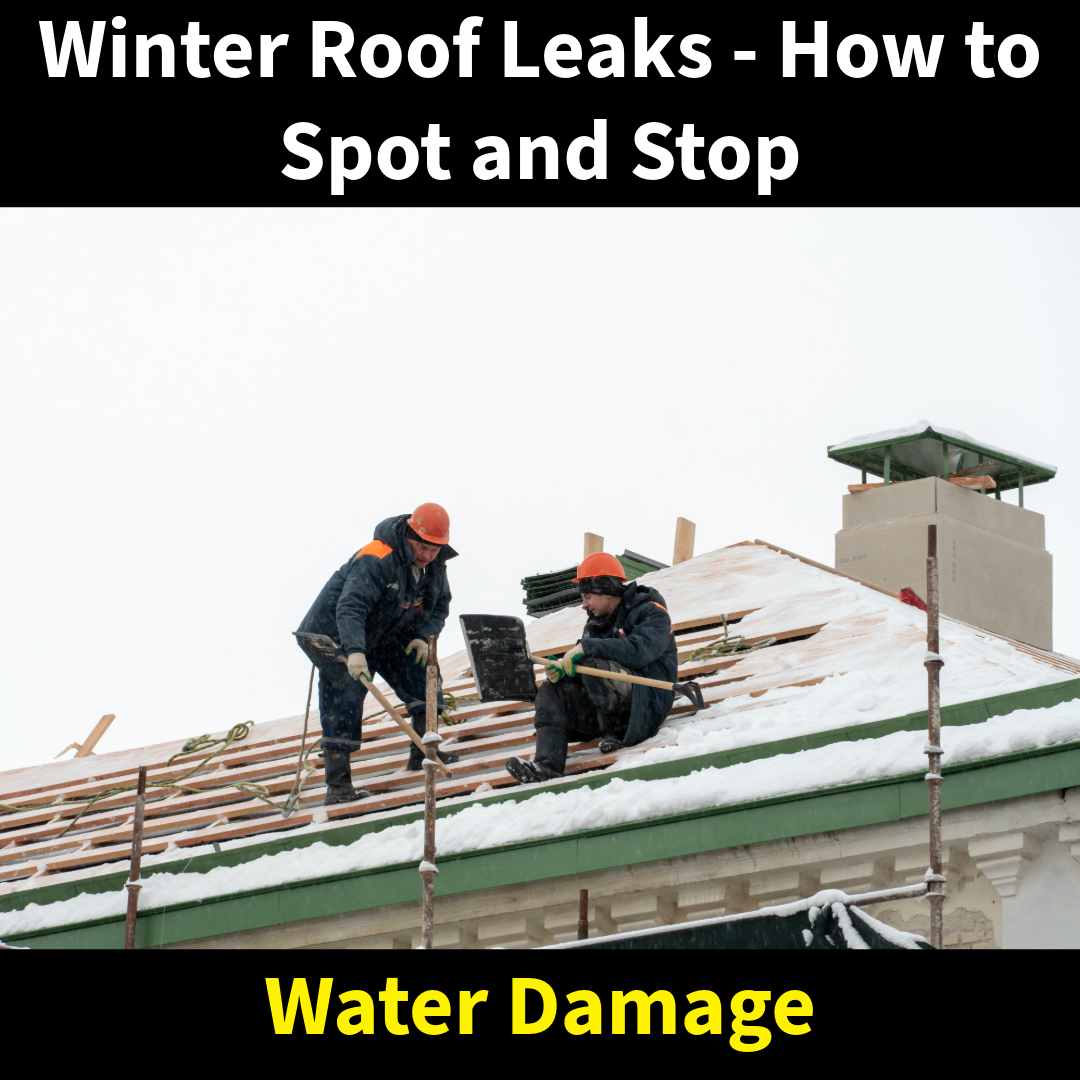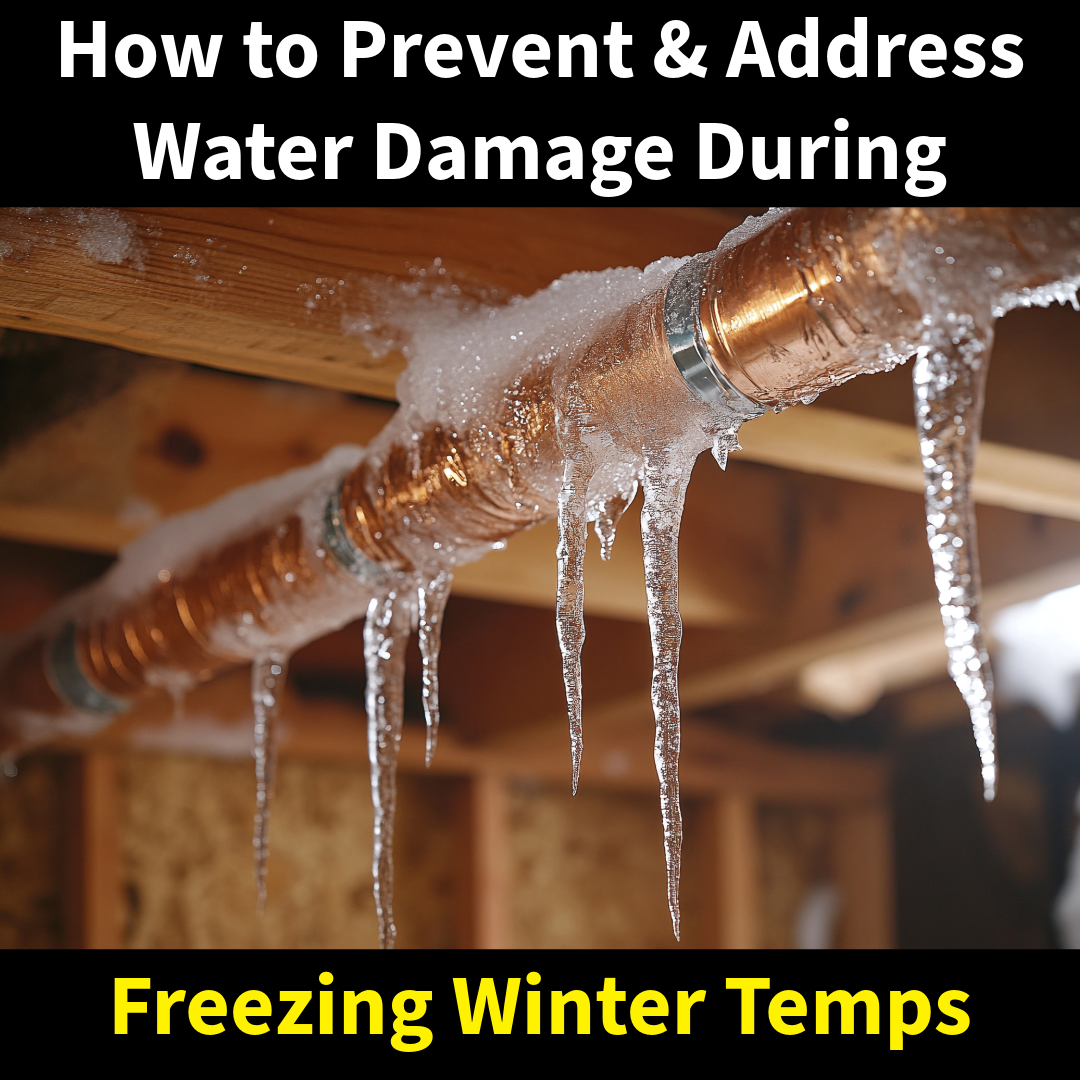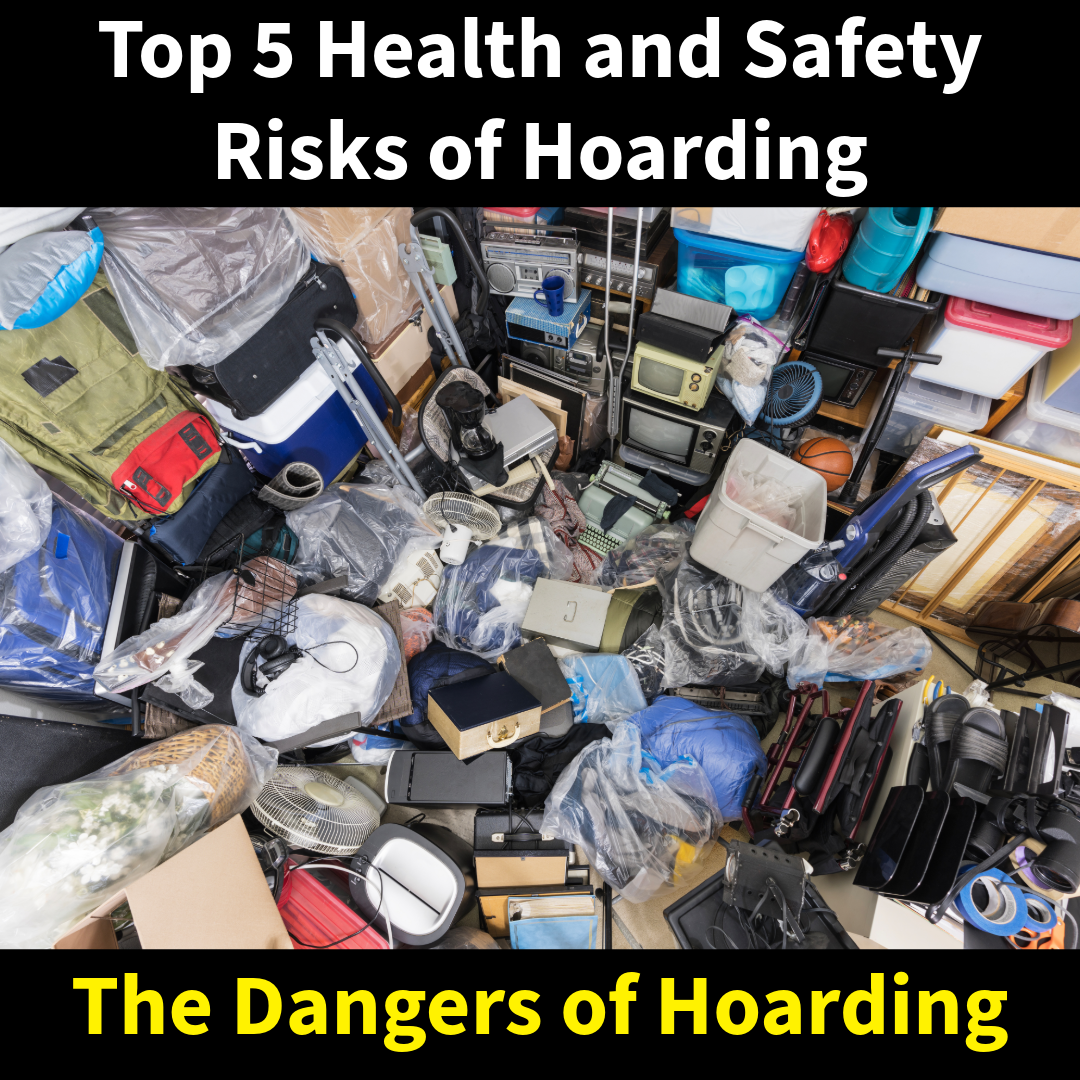Dealing with water damage can be overwhelming, but finding the right water restoration company can make all the difference. The key to mitigating damage and restoring your property effectively lies in selecting a reputable and experienced team. Here are some essential tips to help you choose the right water damage experts.
1. Check for Proper Certification and Licensing
A trustworthy water restoration company will hold the necessary certifications, such as the Institute of Inspection, Cleaning, and Restoration Certification (IICRC). Additionally, ensure they are licensed to operate in your area and comply with local regulations. Certifications and licenses guarantee that the company follows industry standards and employs trained professionals.
2. Evaluate Their Experience
Experience matters when it comes to water damage restoration. Look for a company with a proven track record of handling various types of water damage, from minor leaks to major floods. Seasoned water damage experts are better equipped to assess the situation and implement effective solutions quickly.
3. Ask About Their Response Time
Water damage requires immediate attention to prevent further issues like mold growth and structural deterioration. A reliable company should offer 24/7 emergency services and a rapid response time. Delays can exacerbate the damage, so choose a provider that prioritizes your urgency.
4. Read Reviews and Testimonials
Online reviews and testimonials from past clients can provide valuable insights into the company’s professionalism and service quality. Check platforms like Google, Yelp, and social media for honest feedback. A company with consistently positive reviews is more likely to deliver satisfactory results.
5. Ensure They Offer Comprehensive Services
Water damage often involves more than just drying out a property. Look for a company that provides comprehensive services, such as water extraction, drying, dehumidification, mold remediation, and structural repairs. This ensures you won’t have to hire multiple contractors to complete the job.
6. Verify Insurance and Liability Coverage
A reputable water restoration company should carry adequate insurance to cover any potential damages during the restoration process. This protects you from liability and ensures peace of mind throughout the project.
7. Request a Detailed Estimate
Before committing to a service provider, ask for a detailed estimate outlining the scope of work and associated costs. This will help you avoid unexpected charges and ensure transparency in pricing.
8. Look for Local Expertise
Hiring a local water restoration company has its advantages. They are familiar with common water damage issues in your area and can respond to emergencies more quickly. Local providers also tend to have a vested interest in maintaining a good reputation within the community.
In Conclusion
Choosing the right water restoration company is crucial for protecting your property and ensuring a smooth recovery process. By considering factors such as certifications, experience, response time, and reviews, you can make an informed decision and trust that your property is in good hands.
If you’re dealing with water damage and need reliable assistance, Mold Solutions & Inspections is here to help. Our experienced water damage experts provide comprehensive services, rapid response times, and unmatched professionalism. Contact us today to restore your property quickly and efficiently.
